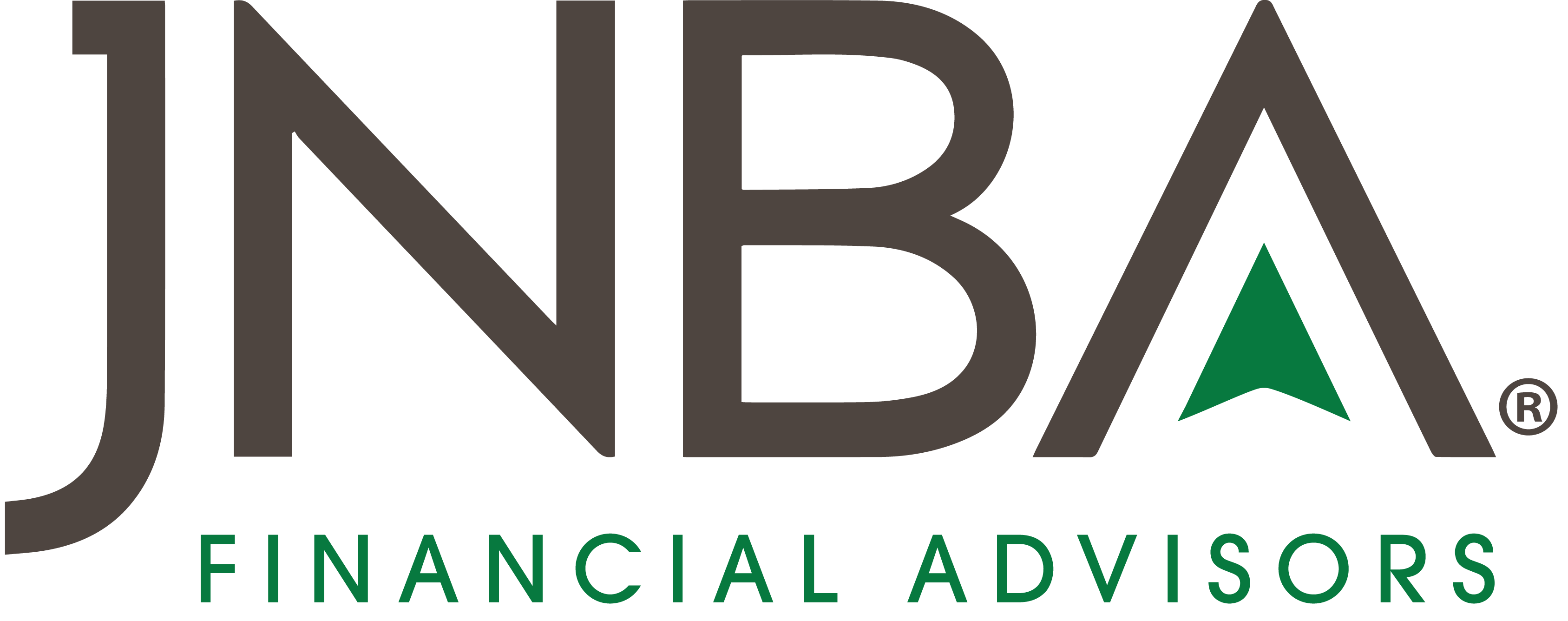With the presidential election upon us in just a few short weeks, you may be asking yourself what tax changes may be on the horizon. While each candidate may have their own strategies and ideas for new tax policies, it remains unclear what new tax legislation would make it through Congress and ultimately be signed into law after the election. What is certain is that the 2017 Tax Cuts and Jobs Act (TCJA) is set to sunset at the end of 2025 regardless of who is elected to office, and several key provisions will expire with no new legislation to amend, extend, or replace this. That means beginning on January 1, 2026, we would revert to the prior tax code of 2017.
For those who may not recall the tax code from before the TCJA, below is a summary of the key pieces that are set to revert:
- Higher individual tax rates – Ordinary income tax rates revert to those from 2017. This would increase the tax rates in most cases. For example, the 10% rate would remain unchanged, the 12% rate would revert to 15%, the 22% rate would revert to 25%, the 24% rate would revert to 28%, the 32% rate would revert to 33%, the 35% rate would remain unchanged, and lastly the 37% rate would revert to 39.6%. The income thresholds for each tax rate will be adjusted for inflation since 2017 to bring them to 2026 levels.
- Child tax credit – Today most families receive a $2,000 child tax credit per child, which will revert back to $1,000 per child. The additional $500 nonrefundable credit for a qualifying dependent where eligible would also go away.
- Personal exemption deduction – Personal exemptions from 2017 comeback at $4,050 per tax filer and each of their eligible dependents, adjusted for inflation. Higher income earners would be subject to a phaseout again.
- Lower standard deduction – The TCJA nearly doubled the standard deduction so we would most likely see an increase in itemized deductions again starting in 2026.
- Itemized deduction income phase-out (Pease limitation) and the alternative minimum tax (AMT) – Higher income families would see a limitation on how much they can claim for otherwise eligible deductions. The AMT exemption amount will also revert to pre-TCJA levels.
- Miscellaneous deductions subject to the 2% floor – Individuals and families once again would have the ability to deduct things such as unreimbursed job expenses, tax preparation fees, investment advisory fees, and safe deposit boxes where these combined expenses are over 2% of the taxpayer’s adjusted gross income floor.
- State and Local Tax (SALT) deduction – Today the $10,000 cap on your state and local tax deduction has hindered many folks, especially those in higher tax states, from being able to itemize their deduction. The elimination of this cap combined with the ability to claim miscellaneous deductions (noted above) and lower standard deduction would likely allow more families to itemize deductions again as was prevalent pre-TCJA.
- Federal estate and gift tax exemption – Today there is a $13,610,000 unified estate and gift tax exemption per person. This is set to revert to 2017 levels of $5,490,000 adjusted for inflation to 2026.
- Qualified Business Income – Owners of passthrough entities such as sole proprietorships, partnerships, LLCs and S corporations can currently claim a 20% deduction on qualified business income. This is set to sunset in tax year 2026 and would significantly impact taxable income for self-employed individuals and small business owners.
Only time will tell if the TCJA sunsets, and as with any tax changes, the actual effect will vary for each individual and family. If you have any questions or specific concerns regarding your situation, please reach out to your JNBA Advisory Team and we would be happy to further discuss.
Due to various factors, including changing market conditions and/or applicable laws, the content may no longer be reflective of current opinions or positions. Moreover, you should not assume that any discussion or information contained in this blog serves as the receipt of, or as a substitute for, personalized investment advice from JNBA Financial Advisors, LLC.
Please see important disclosure information at jnba.com/disclosure






